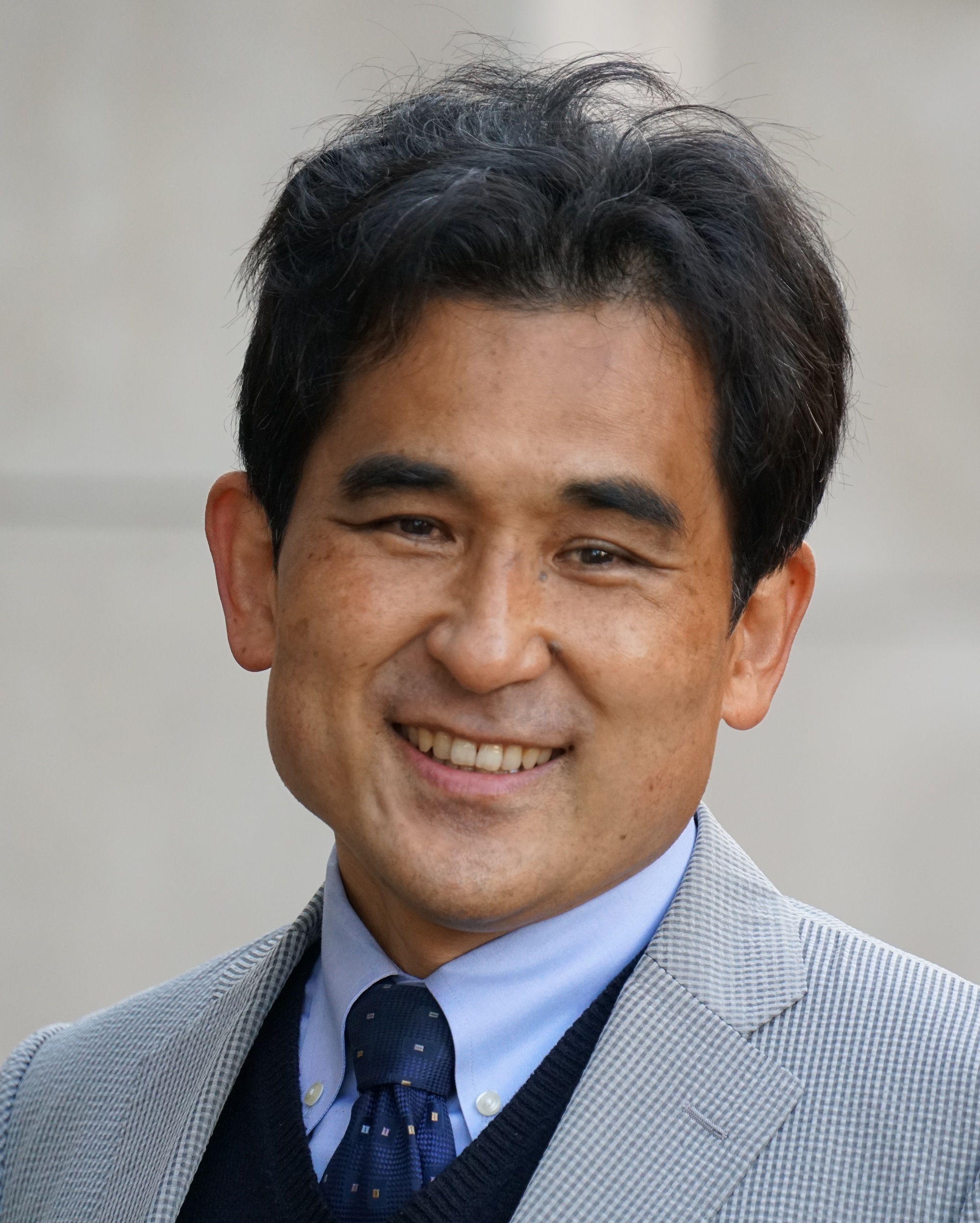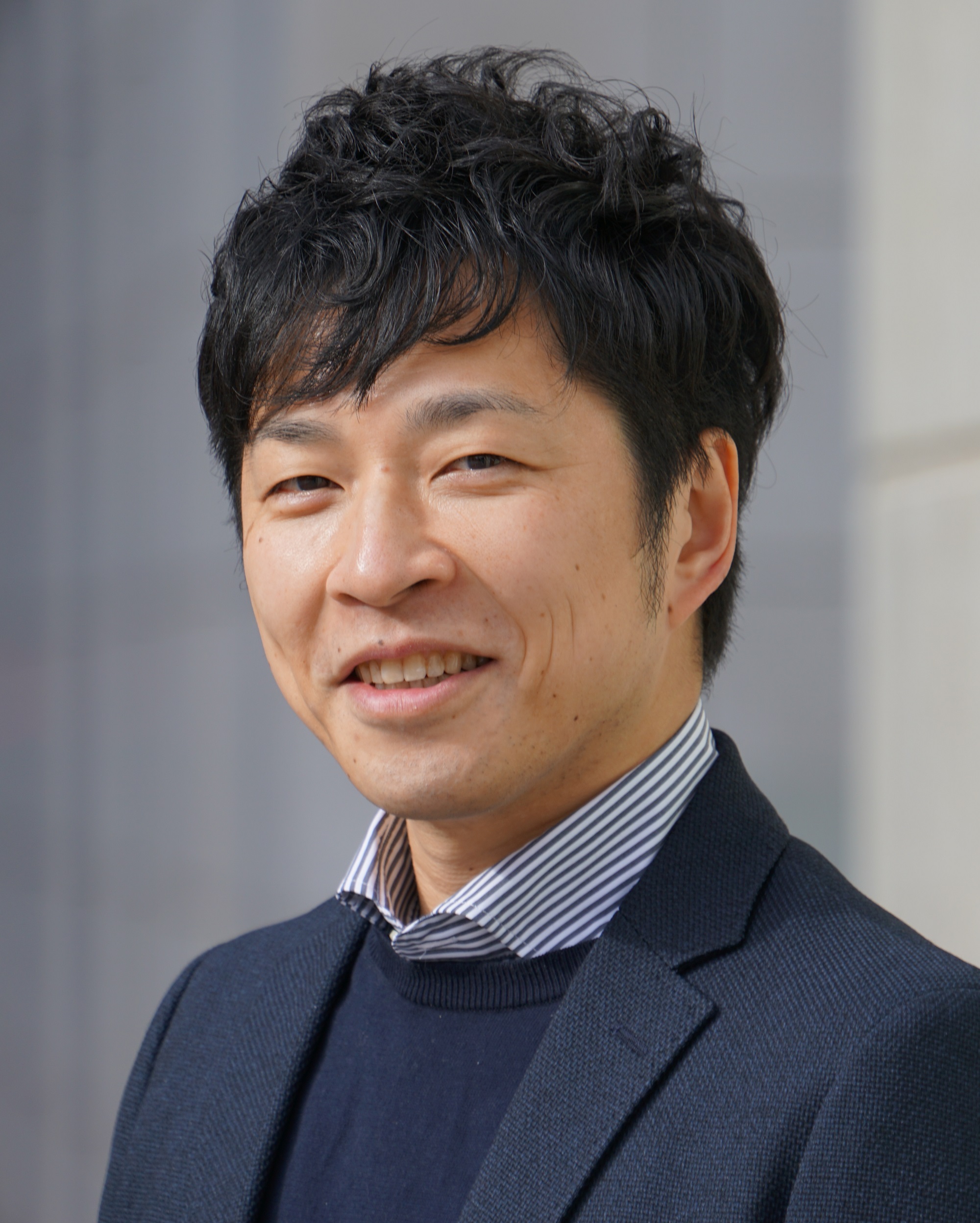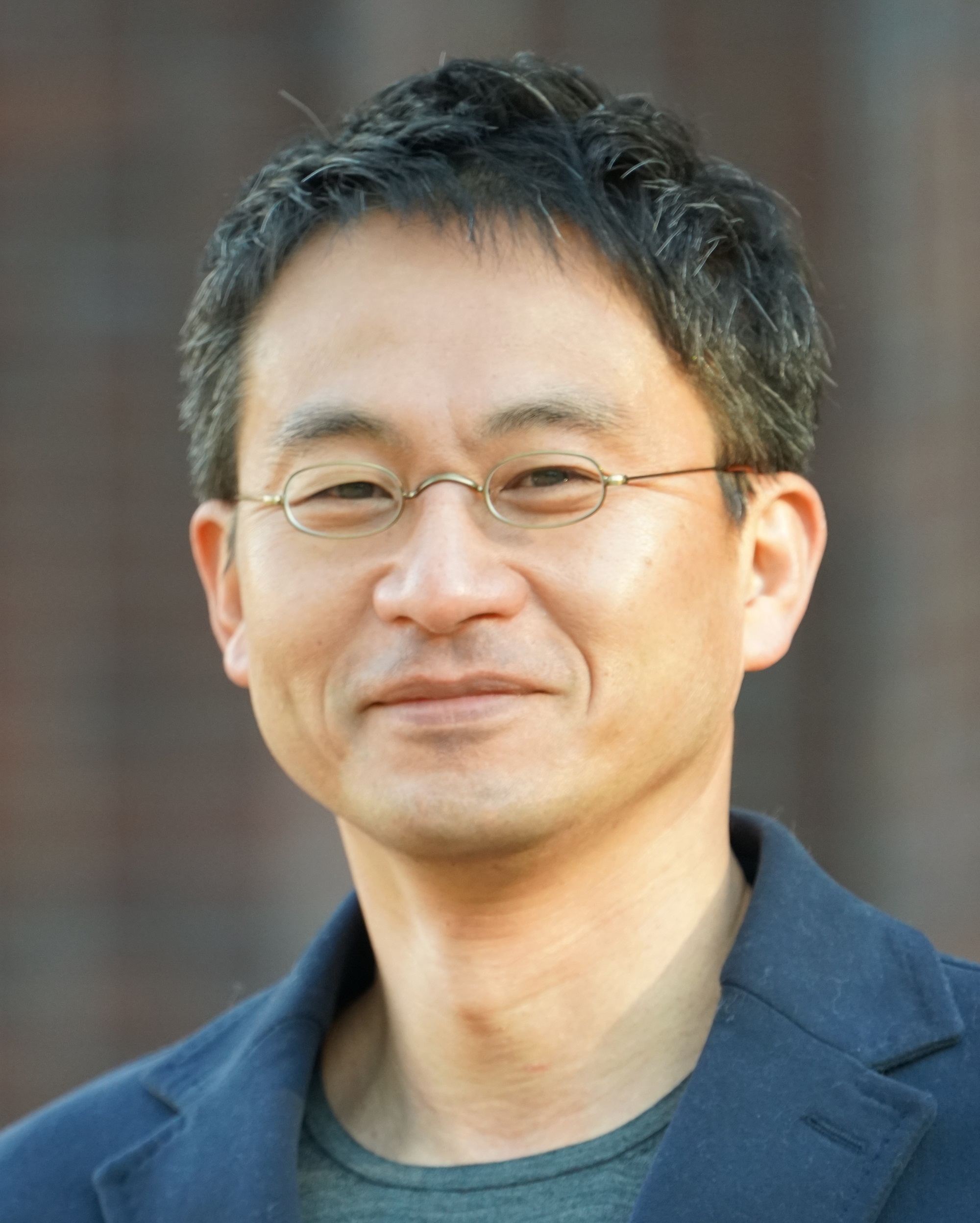DATE2021.01.28 #Events
Disclaimer: machine translated by DeepL which may contain errors.
What Hayabusa2 saw at Ryuguu,
and what it brought back
Hayabusa2 successfully landed on the asteroid Ryuguu,
In December last year, it delivered a capsule containing rocks and sand to Earth.
What did Hayabusa2 see on Ryuguu, how did it land on the rocky surface, and what kind of rocks and sand did it bring back?
How did it land on the rocky surface, and what kind of rocks and sand did it bring back?
(Videos of this lecture are also available on the Graduate School of Science and Faculty of Science YouTube channel. (Please click on the links to each video below to watch them)
Greetings
Professor Masahiro Hoshino, Dean, Graduate School of Science Watch the video
Speakers and Lectures
Asteroid Ryuguu as Revealed by the Hayabusa2 Spacecraft
Seiji Sugita, Professor, Department of Earth and Planetary Science Watch video

The Hayabusa2 spacecraft arrived at the asteroid Ryuguu in June 2018 and immediately started high-precision observations. Because Ryuguu is ultra-small, with a diameter of less than 1 km, it was difficult to conduct precision observations using ground-based telescopes. Therefore, not even the direction of its rotation axis was known, and it was necessary to start observations on an unknown asteroid from scratch. It took about three months to obtain sufficient scientific knowledge to select a landing site. The science team has been revealing various elementary features of Ryuguu through frantic analysis. In this lecture, the origin and evolution of Ryuguu, revealed in the turbulent 18 months since its arrival, will be explained in an easy-to-understand manner.
The Road to Touchdown on the Ryuguu Surface
Tomokatsu Morota (Associate Professor, Department of Earth and Planetary Science) Watch video

The Hayabusa2 spacecraft made two touchdowns (landings) on the asteroid Ryuguu, and successfully collected pebbles and sand from Ryuguu. However, the journey to that point was more difficult than expected. This presentation will look back on Hayabusa2's observations during the year and a half it spent with Ryuguu, and introduce the difficulties it faced and how we overcame them to touch down on Ryuguu.
What's in the ball-packet from Ryuguu? ~ Prospects for future analysis
Shogo Tachibana (Professor, Graduate School of Science, UTokyo Organization for Planetary and Space Science) Watch video

In December 2020, the Hayabusa2 spacecraft delivered a capsule containing pebbles and sand from the surface of Ryuguu as a souvenir of its round-trip trip to the asteroid Ryuguu. The capsule was properly filled with pebbles and sand. Why do scientists think that pebbles and sand from a small celestial body are so valuable? It is because they believe that the history of the solar system is contained in just a few small stones. The capsule delivered by HAYABUSA2 is a jewel box containing 4.6 billion years of the solar system's history. I would like to talk about the Ryugyu pebbles and sand and our plan to analyze them.
Date of the event
Tuesday, February 23, 2021
Time
14:00-17:15
*Live lecture and Q&A session (using Slido ) will be held from Koshiba Hall, Faculty of Science Building No. 1.
Please click here to watch the lecture on the day of the event.
YouTube Graduate School of Science, School of Science channel
Admission
Free (No advance registration required. Anyone is welcome to attend.)
Capacity
None (High school and university students as well as the general public are welcome to attend)
Delivery
- A question-and-answer session will be held after each presentation using Slido on the day of the event. Please enter the access code provided on the web page of Slido to participate in the session.
- A recording of the live lectures will be made available at a later date. If you would like to listen to the lecture again, or if you missed the live lecture, please watch it on the Faculty of Science's YouTube channel. Please "subscribe" and enjoy!
Hosted by
Graduate School of Science, The University of Tokyo
Cooperation by
UTokyo Organization for Planetary and Space Science (UTOPS), Graduate School of Science
Contact
Public Relations Office, Graduate School of Science, The University of Tokyo
| TEL | 03-5841-7585 |
|---|---|
| kouhou.s@gs.mail.u-tokyo.ac.jp |



.jpg)